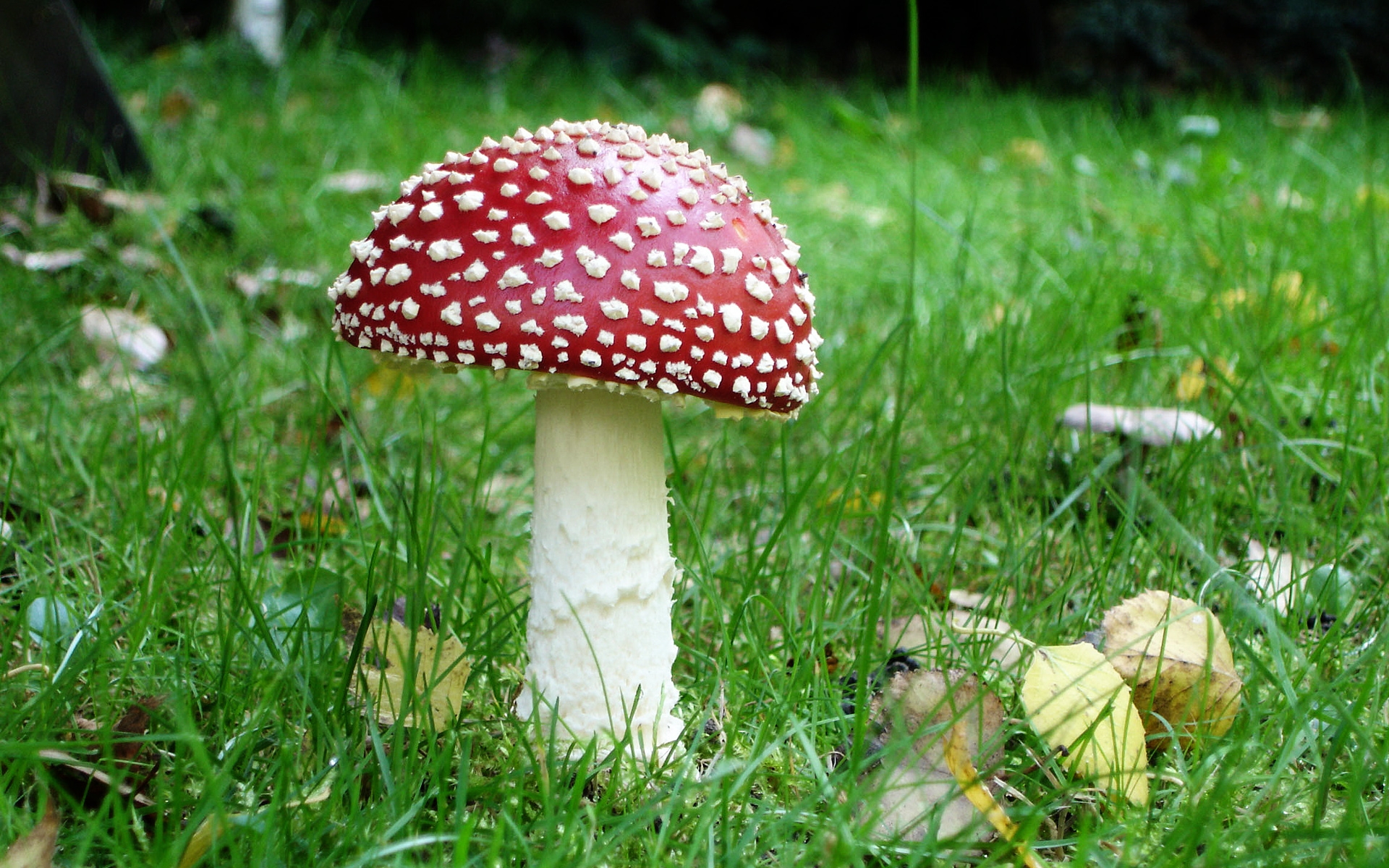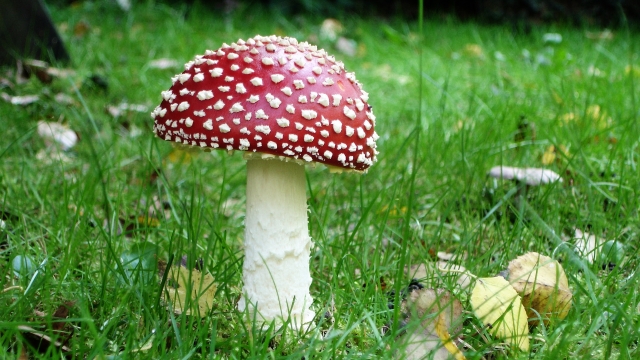
Mushroom cultivation, a fascinating field that has captured the attention of nature enthusiasts and food lovers alike. The process of growing mushrooms is not only a rewarding endeavor but also an opportunity to delve into the mysterious world of fungi. From enchanting woodland to grocery store aisles, mushrooms have captivated our imagination and palates for centuries. As we embark on this journey into the fungal frontier, we will uncover the secrets of mushroom cultivation and explore the techniques that allow us to cultivate these flavorful treasures in our very own homes.
One might wonder, what makes mushrooms such a unique crop to grow? Unlike traditional plants, mushrooms don’t rely on photosynthesis for growth; instead, they thrive in dark and damp environments. This characteristic sets them apart, as they possess the ability to transform organic matter into nutritious and delectable treats. Whether you’re a seasoned gardener looking for a new challenge or a cooking enthusiast eager to experiment with fresh ingredients, mushroom growing opens up a whole new world of possibilities.
Join us as we take a closer look at the fascinating world of mushroom cultivation, from selecting the perfect mushroom variety to understanding the ideal growing conditions. We’ll explore the various cultivation methods, ranging from growing mushrooms indoors using artificial substrates to harnessing the power of nature by cultivating them in outdoor settings. Step by step, we will demystify the techniques behind successful mushroom cultivation, allowing you to embark on your own thrilling mushroom growing adventure. So, put on your gardening gloves and get ready to unlock the secrets of this extraordinary realm.
Choosing the Right Mushroom Species
When it comes to mushroom growing, selecting the right species is crucial for success. Different mushrooms have distinct characteristics and requirements, so it’s essential to choose wisely. Let’s explore some important factors to consider when deciding which mushroom species to cultivate.
Firstly, understanding the environmental conditions necessary for each species is vital. Some mushrooms thrive in cool temperatures, while others prefer warmer climates. Additionally, certain species may require specific levels of humidity or light exposure. By researching the ideal conditions for different mushrooms, you can ensure you provide the optimal environment for their growth.
Secondly, consider the level of difficulty associated with each species. Some mushrooms are more beginner-friendly, requiring less specialized equipment and knowledge. These varieties are often more forgiving and can be an excellent starting point for novice growers. On the other hand, some mushrooms demand more expertise and a higher level of attention to detail. Assess your skill level and the resources at your disposal to determine which species align best with your capabilities.
Mushrooms Golden Teacher
Lastly, think about the market demand for various mushrooms. Some species are more popular and command higher prices, making them an attractive choice for commercial cultivators. Research the local market and identify which mushrooms are in high demand. Choosing a species that is sought after can not only be financially rewarding but also provide opportunities for growth and expansion.
In summary, selecting the right mushroom species is a crucial step in successful cultivation. Consider the environmental requirements, difficulty level, and market demand when making your decision. By choosing wisely, you can embark on a rewarding journey into the fascinating world of mushroom growing.
Creating the Perfect Growing Environment
To ensure successful mushroom cultivation, creating the ideal growing environment is essential. The following factors play a crucial role in providing the perfect conditions for mushrooms to thrive.
Firstly, temperature control is crucial in mushroom growing. Different mushroom varieties have specific temperature requirements, so maintaining the right temperature range is vital. Too hot or too cold environments can hinder the growth and development of mushrooms, so a consistent and optimal temperature should be maintained throughout the growing process.
Secondly, humidity levels are a critical factor in mushroom cultivation. Mushrooms require high humidity to develop properly. By keeping the air moist, you can simulate the natural environment that mushrooms thrive in, allowing them to grow and fruit successfully. Regular misting or the use of humidifiers can help maintain the required level of humidity in the growing area.
Lastly, proper air circulation is necessary for mushroom growth. Ensuring adequate ventilation helps prevent the accumulation of stagnant air, which can lead to the growth of molds or other undesirable fungi. Good air circulation also facilitates the exchange of carbon dioxide and oxygen, which is essential for mushroom development.
By paying close attention to these factors and creating the perfect growing environment, you can significantly increase your chances of successful mushroom cultivation.
Harvesting and Storage Techniques
In order to successfully cultivate and enjoy your own mushrooms, it is important to understand the proper techniques for harvesting and storing these fascinating fungi. By following these guidelines, you can ensure the freshness and longevity of your mushroom harvest.
When it comes to harvesting mushrooms, timing is everything. It is crucial to wait until the mushrooms have fully matured before plucking them from their growing medium. Keep a close eye on the caps of the mushrooms, as they will begin to flatten out and expand as they reach maturity. Gently twist the stem of the mushroom to detach it from the substrate, being careful not to damage the delicate fruiting body.
Once you have harvested your mushrooms, it is imperative to handle them with care to prevent bruising and spoilage. Avoid rough handling or dropping the mushrooms, as this can lead to physical damage. If you have a large harvest, consider using a clean, breathable container, such as a paper bag or a mesh basket, to store the mushrooms. This will allow for proper air circulation and help maintain optimal moisture levels.
Proper storage is key to extending the lifespan of your mushroom harvest. Ideally, mushrooms should be stored in a cool, dark place, such as the refrigerator. Avoid storing them alongside strong-smelling foods, as mushrooms can easily absorb odors. To further protect against moisture loss, you can place a damp paper towel in the container with the mushrooms. However, it is important to periodically check the mushrooms for any signs of mold or decay and remove any affected ones promptly.
By adhering to these harvesting and storage techniques, you can savor the rewards of your mushroom cultivation endeavors for a longer period of time. With proper care, your mushrooms will remain fresh and delicious, ready to be used in a variety of culinary creations. So go ahead, embark on this fungal frontier and uncover the secrets of mushroom growing!


